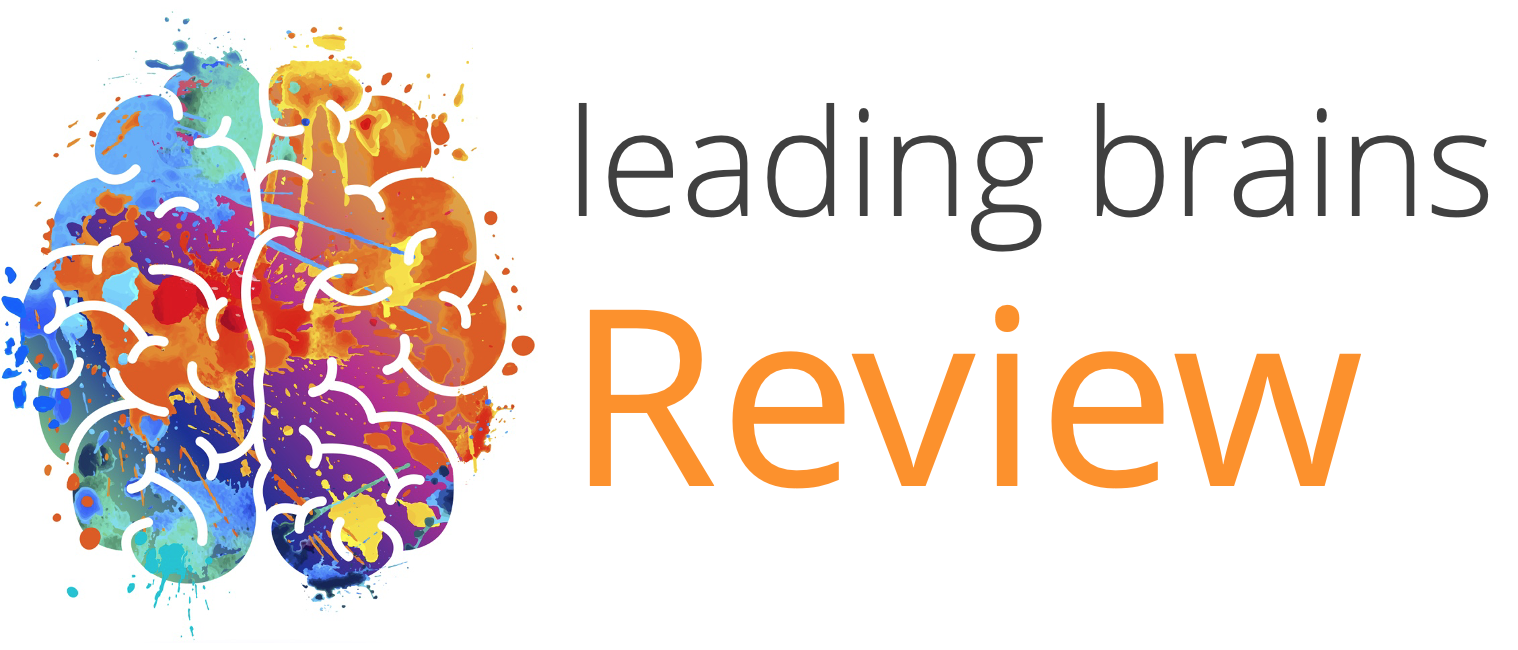Quick Hits
Daily brief research updates from the cognitive sciences

We’ve all heard of near-death experiences and reports of people moving a long a white tunnel or corridor while technically dead. These are often believed to be proof of life after death or of the soul moving on.
These reports capture the collective imagination and they are also very consistent and though not common, common enough to warrant investigation. Attempts have been made but this is inherently difficult to investigate – first of all we need to actually know when people are dying and it may be immoral to suddenly wire them up to brain scanners when they are, not to mention that the concern with all involved will be on keeping the person alive.
However, a team of researchers at the University of Michigan decided to look into this in more detail and first of all looked at animal data they could access. Some of these showed surges after activity in the brain shortly before death which could be a signature of these experiences.
They then managed to find the data of four patients who had passed away in the hospital due to cardiac arrest while under EEG monitoring. These four patients were comatose and unresponsive and considered beyond medical help and had their life support removed after consultation with their families.
And in two of these patients after the removal of ventilation support there was in increase in heart rate and a surge in gamma waves in the brain – precisely those waves associated with consciousness. What’s more those brain waves were found in an area at the back of the brain at the junction between different brain lobes, regions (specifically the temporo–parieto–occipital junction).
This area is associated with dreaming and hallucinations in epilepsy and altered states of consciousness. This could therefore be a view of that near-death experience and it is certainly fascinating that this happens in the dying brain. However, this is only in two patients out of four and as these patents subsequently passed away we have no idea whether this was a near-death experience and a flash of consciousness or not.
It is, also, almost identical with another case I reported on last year – this was also a small sample – a sample of one.
I will continue watching this space with interest.

Andy Habermacher
Andy is author of leading brains Review, Neuroleadership, and multiple other books. He has been intensively involved in writing and research into neuroleadership and is considered one of Europe’s leading experts. He is also a well-known public speaker, speaking on the brain and human behaviour.
Andy is also a masters athlete (middle distance running) and competes regularly at international competitions (and holds a few national records in his age category).
References
Gang Xu, Temenuzhka Mihaylova, Duan Li, Fangyun Tian, Peter M. Farrehi, Jack M. Parent, George A. Mashour, Michael M. Wang, Jimo Borjigin.
Surge of neurophysiological coupling and connectivity of gamma oscillations in the dying human brain.
Proceedings of the National Academy of Sciences, 2023; 120 (19)
DOI: 10.1073/pnas.2216268120
More Quick Hits
Behaviour at eight helps predict midlife health behaviours
A long-term study in Finland has tracked children from the age of eight until the age of 50 and a new analysis of the data, just published, has looked at some of the correlations between socioemotional behaviour in childhood and later life achievement and health...
Psychedelics and consciousness
Psychedelics change our conscious experience of the world – that is part of their attraction. Now a new study out of John Hopkins Medicine has analysed data on attributions of consciousness to other animals and innate objects by those using psychedelics and how this...
Lower smartphone usage increases wellbeing
So much has been said about smartphone usage in modern times. This ranges from some who say that they are destroying our brain to others who see they benefit our cognition by outsourcing cognitive heavy tasks like remembering lists of phone numbers – thereby freeing...
Modesty preferred for cooperative teams
In an age where it appears that many people are vying for self-esteem especially through social media, this research is interesting. Particularly in business contexts where cooperation is king. Research has previously shown that appearing to be wealthy increases...
Poverty shrinks babies’ brains
Quick HitsDaily brief research updates from the cognitive sciences couple of studies have just been released which look at the brains of newborns and young babies. The results are worrying for any society. Brain scans of newborn babies from...
Babies born with five from seven functional brain networks
In the 1950s the blank slate theory was the most prominent theory ascribed to babies. They are born blank slates and then their experiences allow them to develop their networks thoughts, associations, etc., and just about everything else. Though this theory is long...






